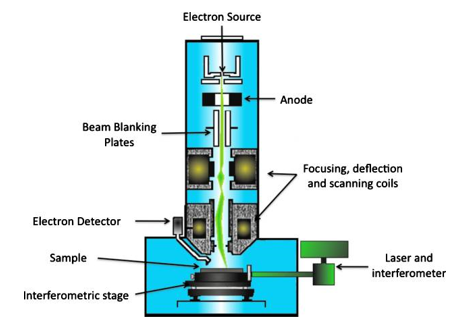- Home
- Products
- Ceramic
- Metal Materials
- Natural Materials
- Graphene
- Graphite
- Graphene Oxide
- Reduced Graphene Oxide
- Graphene Sheet
- CVD Materials
- Graphene Nanopowder
- Carbon Nanotubes
- Graphene Foil
- Graphene Aerogel
- Graphene Additive
- Graphene Composite
- Graphene Dispersion/Slurry
- Graphene Foam
- Functionalized Graphene Oxide
- Graphene Inks and Coatings
- Functionalized Graphene
- Fullerene
- Battery Materials
- Biodegradable & Tissue Engineering Material
- Antimicrobial Materials
- Nanodiamond
- Tools and Supplies
- Services
- Standard Test
- Materials Manufacturing Services
- Nanomaterial services
- Surface Engineering Services
- Materials Analysis Services
- Product Analysis
- Compositional Analysis
- Formula Analysis
- Flammability Testing
- Microplastic analysis
- Thermal and Mechanical Analysis
- Thermal Conductivity, Thermal Diffusion Coefficient, Specific Heat Capacity test
- Biodegradation Test
- Cryo-electron Microscopy Analysis
- STM Analysis
- Morphology Analysis
- Physical Metallography and Microscopic Analysis
- Size and Molecular Weight Analysis
- Hydrogen Penetration Testing
- Synchrotron Radiation Test
- Comparative Analysis
- Package Testing Services
- Optical Performance Test
- Product Life Assessment
- Hazardous Substances Test
- Aging Performance Test
- Film Analysis
- Metallographic Analysis
- Electromagnetic Performance Analysis
- Sulfide Test
- Fracture Analysis
- Contamination Analysis
- Non-Destructive Testing
- Corrosion Analysis
- Failure Analysis
- Electronic Product Analysis
- Health and Beauty Testing
- Plastic and Rubber Testing
- Oil Product Testing
- Auto Parts Analysis
- Liquid and Gas Permeation Testing Services
- Building Material Testing
- Minerals, Ore, and Mining Services
- Textile Analysis
- Lamp Test
- Photovoltaic Product Analysis
- Toys and Baby Products Analysis
- Glow Discharge Mass Spectrometry
- Critical Current (Ic) Measurement
- Temperature Coefficient of Resistance (TCR) Measurement
- Consumer & Industrial Product Testing
- Environmental Test
- Climate Environment Reliability Test
- Tissue Engineering Services
- Biomass Energy Conversion Solutions
- Materials Characterization Analysis
- Inquiry
- Order
- Resource
- Unleash the Benefits of NMN
- Application of biomimetic hydrogels in cartilage tissue engineering
- Application of carboxymethyl chitosan in oral tissue engineering
- Application of manganese in biomaterials
- Application of polymer materials in 3D printed scaffolds
- Ultrapure Sodium Alginate
- Featured Bio-ink Products Introduction
- Natural Fruit Sweeteners, Healthier!
- Hydroxyapatite for Toothpaste and Food Additives
- Hyaluronic acid
- Raw Materials for Bone Implants
- Additive Manufacturing
- Polymer Characterization
- Nanolithography
- Graphene Technology
- Application of gold nanoparticles in biomedicine
- Inorganic and metallic nanomaterials
- Biological sensor
- Properties and Applications of Mesoporous Materials
- 3D bioprinting
- Synthesis and Research Hotspots of Polyglycerol Sebacate
- Company


 For Research or Industrial Raw Materials, Not For Personal Medical Use!
For Research or Industrial Raw Materials, Not For Personal Medical Use!